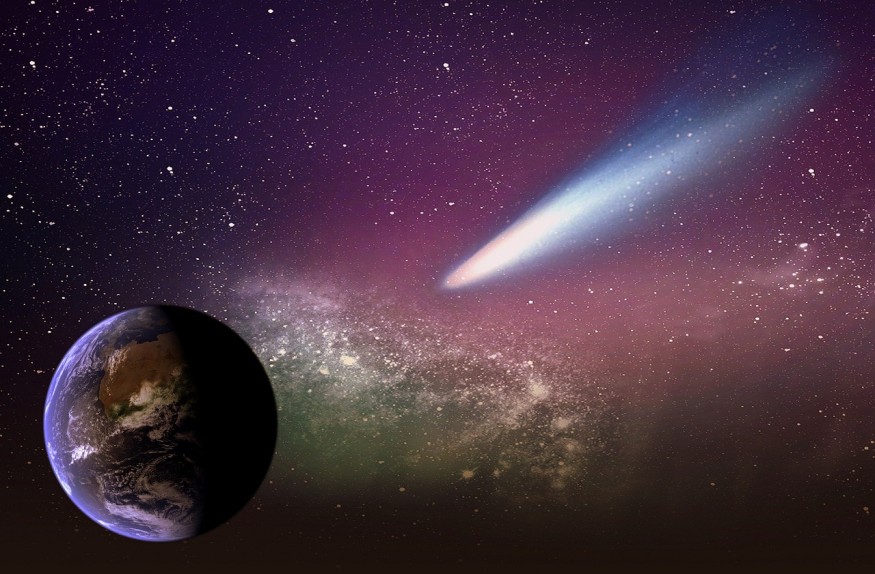A giant fireball passed over a Siberian city in late January and the spectacular event was caught on footage, it was reported earlier this week.
The meteor was seen over the city of Krasnoyarsk in the region of Siberia, Russia, on the night of Tuesday, January 31.
There were no immediate reports suggesting the space rock made significant impact or explosion in the area.
Fireball in Siberia

Geographer and amateur meteorologist Kirill Bakanov reported on Twitter that the fireball was spotted around 8:00 p.m. local time on Tuesday, Newsweek reported.
Videos on social media show a very bright light before fading out due to an apparent explosion above the ground.
According to a Twitter post of David Kime, the celestial body was captured on CCTV cameras, which showed the fireball lit up the sky over the regional capital and the space object was also noticed in Divnogorsk, a town in Krasnoyarsk Krai, Russia.
The latest Siberia fireball sightings occurred over a century after the phenomenon on what is called now the June 1908 Tunguska event, an incident involving a powerful explosion of a probable meteor of a small asteroid or comet.
According to the Planetary Science Institute (PSI), the 1908 Siberia explosion involved a mysterious explosion in the skies of the region at 7:17 a.m. local time on June 30 of that year.
While there were no realistic pictures of the phenomenon available, Russian scientists were able to collect anecdotal evidence from eye witnesses of the event.
What is a Fireball?
A fireball is an alternative term to describe a very bright meteor, which is generally brighter than magnitude negative 4, which is relatively the same luminosity of the planet Venus as observed in the morning or night sky, according to the American Meteor Society (AMS).
For instance, a bolide is a special type of fireball which is known for exploding in a bright flash at its send, often with observable fragmentation, sid the AMS, which also requests the public to report these events when they occur.
Significant details may include the brightness, length, color, and duration of the meteor in the sky.
The AMS says it shares fireball reports with organizations like the Meteoritical Society and the International Meteor Organization's Fireball Data Center (FIDAC).
In the case of the Siberia fireball incident, relating sightings of bright meteors are also recorded by several organizations in Europe, including the European Space Agency (ESA).
Fireball Hitting Earth
Just like space rocks in general, including asteroids, comets, and meteorites, fireballs can also hit Earth despite being burnt by our planet's atmosphere once they enter.
While a number of bolide disintegrates completely before touching the ground, there are instances where a meteor impact is successful.
In November 2022, a fireball flew over the skies of Ontario, Canada, and was the sixth space object detected before it struck Earth, according to the ESA, as cited by The New York Times.
It was the night of November 19 when word started spreading amongst a community of amateur and professional astronomers regarding falling meteor, urging observers to point their cameras and telescopes to the sky, NYT reported.
© 2025 NatureWorldNews.com All rights reserved. Do not reproduce without permission.





